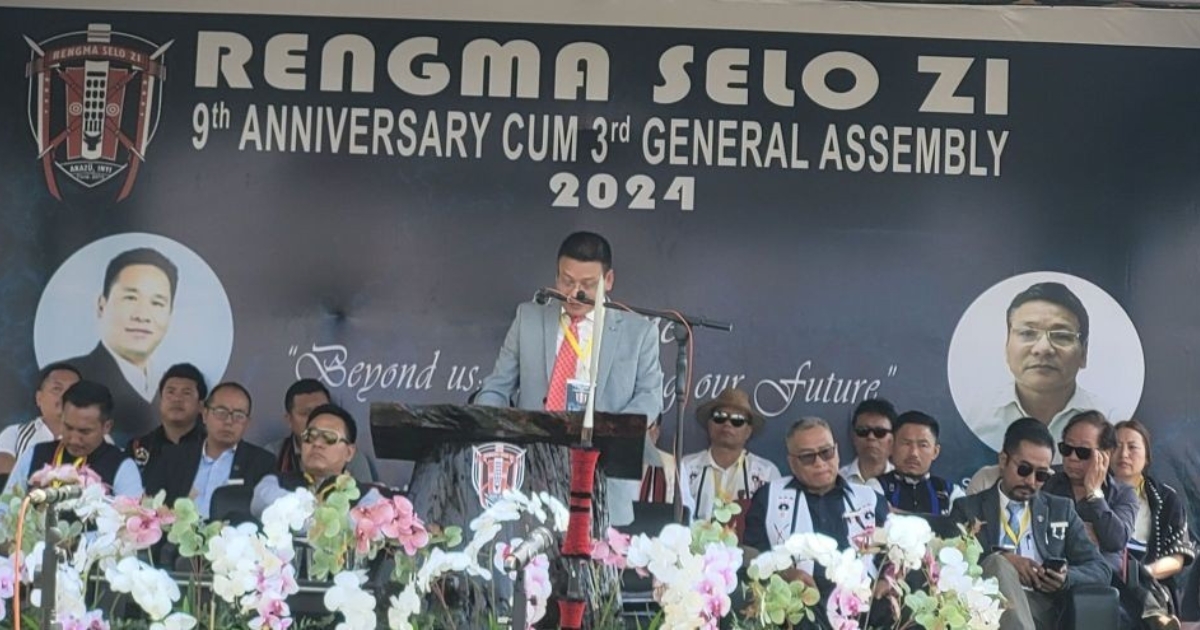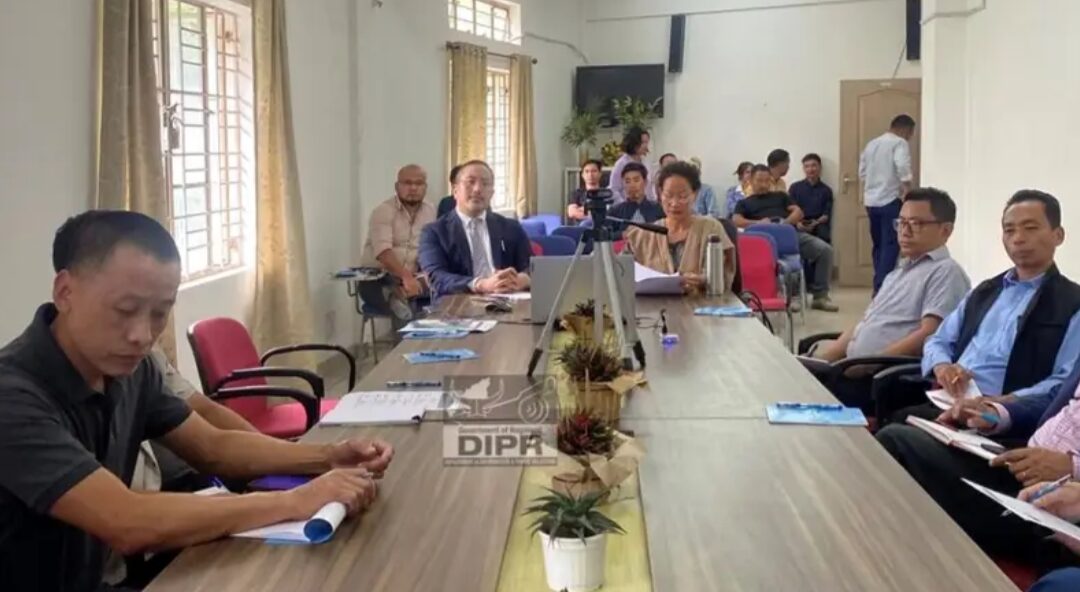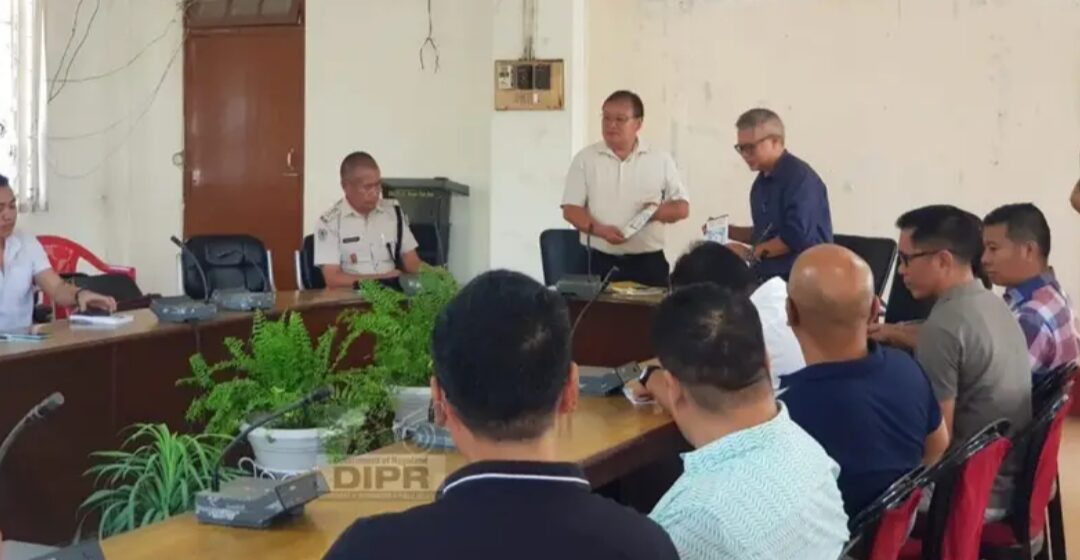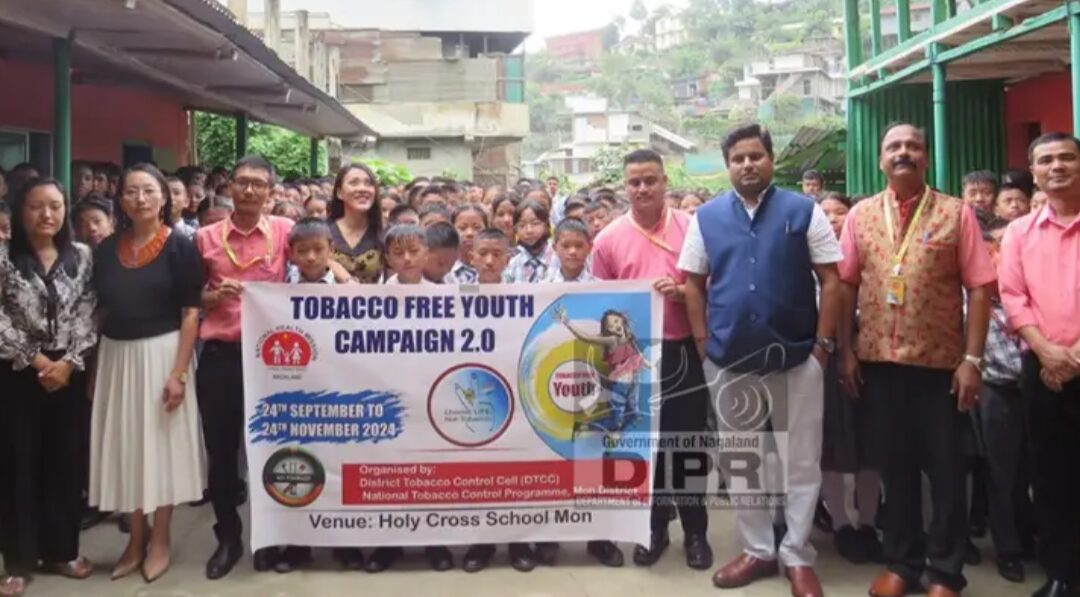In a thought-provoking address at the 9th anniversary and 3rd general assembly of Rengma Selo Zi (RSZ) on May 4, 2024, Dr. A. Nshoga, Director of Higher Education, shed light on the historical division of the Rengma Nagas between the Indian states of Nagaland and Assam.
The Rengma Nagas, a once united community, now find themselves grappling with the challenges of living under different administrative heads.
Dr. Nshoga pointed out that the smaller Rengma population now resides in Assam with a larger land area, while the larger population in Nagaland has a smaller land area.
Also Read: Kohima Village hosts 7th District Open Shooting Competition
Historically, the Rengma Nagas occupied a vast tract of land known as the “Rengma Hills,” spanning over 9000 square kilometres. However, due to the transfer of land and people to adjoining districts of Assam in 1898 and subsequent reorganisation of North-Eastern states after India’s independence, their territory has been significantly reduced.
Today, Tseminyu District in Nagaland comprises just 256 square kilometres, while Rengma Hills in Assam covers 8724 square kilometres.
Dr. Nshoga emphasised that the division of the Rengmas was not a choice made by the people or their forefathers but rather a result of the British Government’s “divide and rule” policy. From January 1899 onwards, the Rengma Nagas were divided into two administrative units, with the smaller portion (Tseminyu) administered under the Naga Hills district and the larger portion of the Rengma Hills transferred to adjacent districts of Assam.
Also Read: ENPO announces abstention from forthcoming ULB elections
The 9th Point Agreement signed in Kohima between June 26-28, 1947, and the 16th Point Agreement signed on July 26, 1960, both aimed to address this issue by modifying administrative divisions to bring all Nagas under one unified administrative unit.
However, these agreements have not been fully implemented, leaving the Rengmas as one of the biggest victims and losers.
Dr. Nshoga called upon the Rengma legislators to take a proactive role in the Nagaland Legislative Assembly debates and discussions, as they are the largest stakeholders in this matter.
He emphasised that the responsibility to restore the Rengmas under one administrative unit lies with the people themselves, stating, “Rengmas are Rengmas, whether they live in India or America.”
Also Read: Catch Them Young: Wokha hosts U-14 Sepaktakraw event
The division of the Rengma Nagas highlights the lasting impact of colonial policies and the complexities of state formation in India. It shows the challenges faced by indigenous communities in maintaining their cultural integrity and unity in the face of political and administrative divisions.
As the Rengma community continues to navigate this complex reality, the words of Dr. Nshoga echo: “We are belonging to the same stocks and family but living in a divided house.”
The path forward lies in the collective efforts of the Rengma people to bridge the divide and restore their unity, ensuring that their rich cultural heritage and identity remain intact for generations to come.
Also Read: 1 year later, Meitei-Kuki divide still haunts Manipur
The Rengma Nagas’ story is one of resilience and determination in the face of historical and political challenges. As they work towards reunification and the preservation of their cultural identity, their journey serves as an inspiration to other communities facing similar struggles.
It is crucial for the government and society at large to recognise the unique challenges faced by the Rengma Nagas and other indigenous communities. By fostering dialogue, understanding, and inclusive policies, we can create a more equitable and harmonious future for all.




